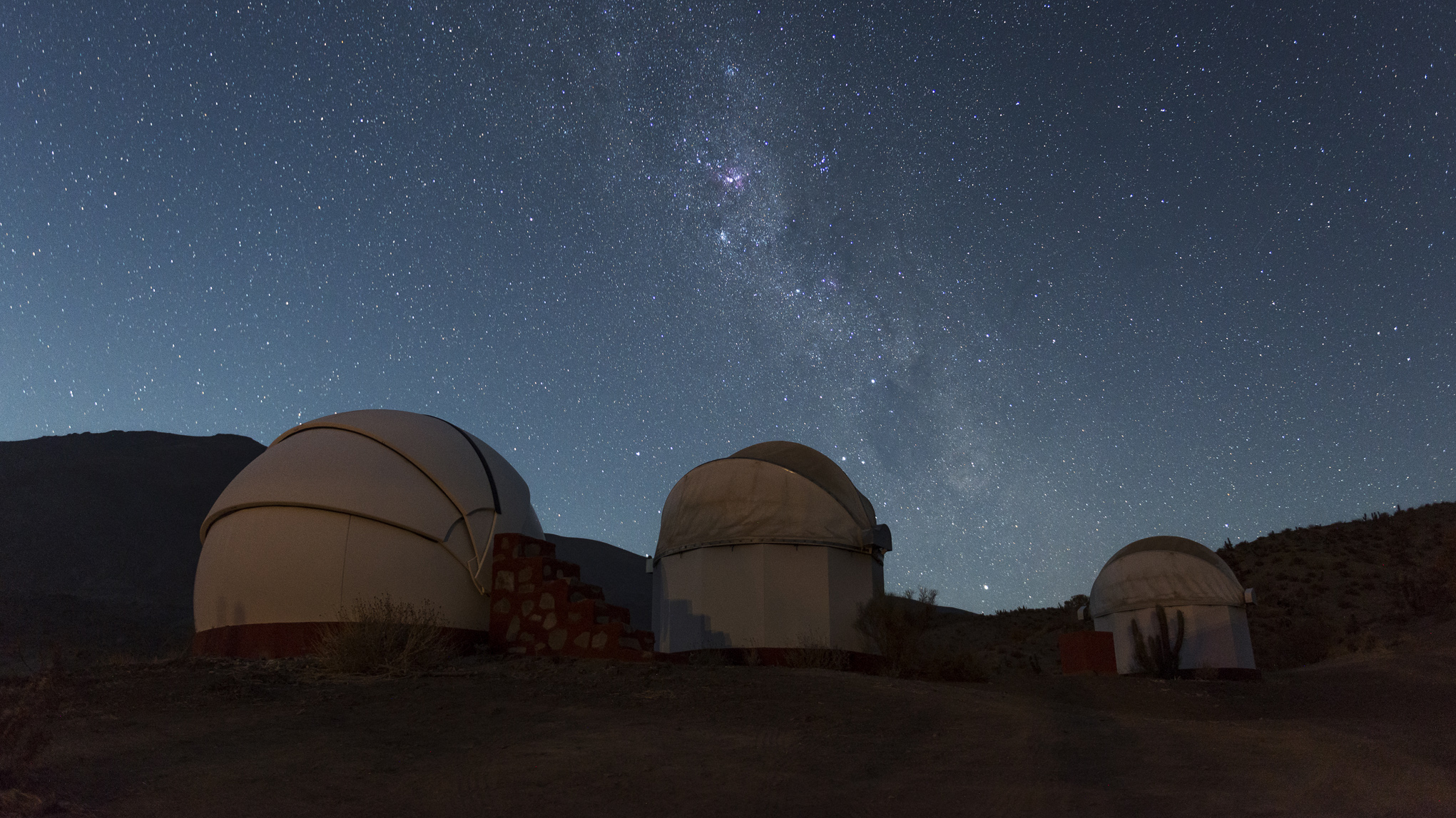Our country is known worldwide for having the best skies for the sighting of astronomical phenomena, this is because in the north of Chile are the clearest skies in the world, due to the low amount of clouds and rain in the desert, plus the stability of the atmosphere, make astronomical observation favorable.
These characteristics have motivated the investment of billions of dollars in creating observatories and having cutting-edge equipment to be able to look at the skies in the best possible way. Today our country concentrates 40% of the astronomical observatories in the world.
Chile, in addition to having this wonderful astronomical condition, is fortunate to be able to count on 3 astronomical events of great relevance, such as full solar eclipses, which will take place in:
July 2019 - Coquimbo, 4th region. December 2020 – Araucanía, 9th region. December 2021 – Antarctica, 12nd region.A Solar Eclipse occurs when the moon, in its movement around the earth, hides the Sun. An observer on earth will see that he passes through the shadow cast by the moon which fully or partially occults the sun. This phenomenon can only happen during the new moon.
Partial eclipse: occurs when only part of the sun is covered by the moon which appears to take a bite out of the Sun.
Annular eclipse: the moon blocks only part of the sun’s disk.
Total eclipse: the moon completely covers the sun’s disk.
A total solar eclipse only occurs when the moon’s orbit is, between the earth and the sun, is aligned very precisely. At that moment the moon is closest to the earth (perigee).
We can see a total solar eclipse only if we are in an area within the darkest part of the shadow, called umbra.
During the eclipse, the amount of radiation from the Sun will decrease; the temperature will drop and will become very dark outside enough, so that we can observe some stars.
We will leave the illuminated and bustling city, to enter the Andes mountain range, to the Observatorio Andino in Farellones.
This observatory gives us the option of varied activities, like a guided observation of the sky with laser and binoculars (Observation of specific objects according to a time of year on the terrace with 12 "reflector telescopes and refractor telescopes), observation of objects of deep space in a dome with 16 "telescopes, 3 Astrophotography sessions, planetary session and astronomical short film Cine 3D.
Before returning to our hotel, we will end this experience sharing a Cocktail - open bar (cheese variety, thin cold cuts, variety of empanadas, dried fruit, cookies, beverages, cold drinks, beers and wines).
Depart from your hotel in San Pedro de Atacama to the astronomical center. During the first part of the tour, the guide explains the naked eye sky. With this tour, passengers will learn what is a constellation, how to read a sky map and recognize the main stars, among others.
The guides´ team has a powerful laser pointer to show unambiguously the various constellations.
When the moon is visible, it is possible to take images of it through the telescopes, either with digital cameras, or with reflex (there are adapters for Nikon, Canon, Minolta and Pentax cameras).
At the end of the tour, time for share experiences with a warm drink, before to get tour transfer back to San Pedro de Atacama.
